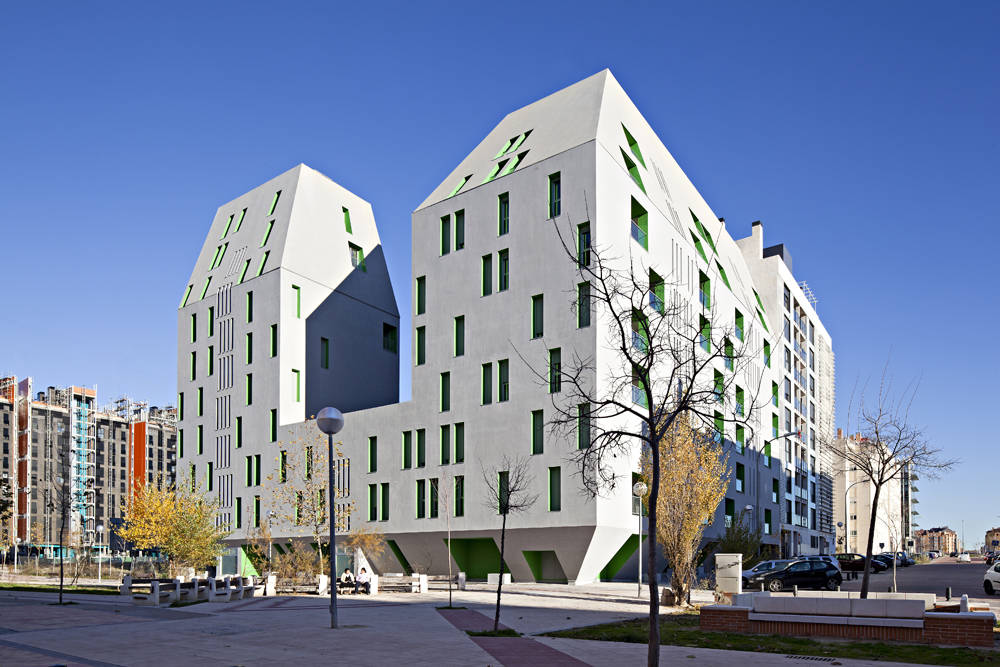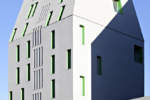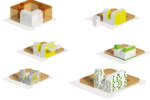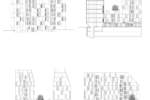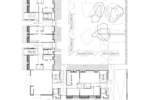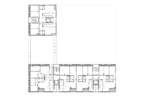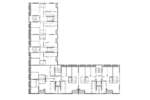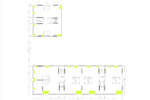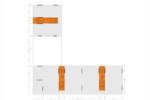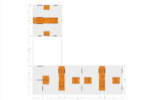architect: Rueda Pizarro arquitectos
location: Madrid, Spain
year: 2010
To build in environments as the ville of Vallecas means discovering new codes, dialogue with new monuments of the “city entropic“ portrayed by Robert Smithson in the late 60‘s in an article in Artforum: knots of highway, large parking areas, platforms, pumps, empty... a city as described by R. S. full of “holes and monumental absences, compared with New York that seems compact and solid“ (“A tour of the monuments of Passaic“, Robert Smithson, New Jersey, Artforum 1968), but not dialogue with the “urban facts“ of the consolidated city that Aldo Rossi described in the book “Architecture of the City”.
Decisions are made with parameters closest to the laws of thermodynamics and field theoretical models of physics than traditional scopes: entropic landscape or thermodynamics are some new codes to which we turn to the development of this building. With these premises, we intend to establish a compromise between the strict enforcement of the rules of the urban game (a volume absolutely preconfigured) and in-depth study of it to find the key that lend identity to the architectural volume.
We establish a series of operations in the given solid by the rules that they let to achieve a more comfortable housing climate, temperature and light:
1. The volume is emptied in the northeast facade to get the largest possible facade with the better orientation (south) and adjust the excess build.
2. Lower the height on the south side and create a slope to get more sunlight on the walls less favorable.
3. The ground floor is 2.85 meters set back to save the corner and create a landscaped area prior that allows more privacy in the houses located on ground floor.
4. From the sixth to the eighth floor leans the facade, forming a continuous envelope that solves the problem of recessed penthouses and ground floor corner the same way.
The volume is completed with a system of energy saving and climate protection of the building system:
1. Design of windows heat sensors to south and windows shields to north, reinforced the status of enclosures in front to increase the isolation. 2. Exterior insulation system, which wraps around the building as a “quilt“, and maintains the mass inside the enclosure to increase the thermal inertia and, therefore, the temperature stability.
3. Boost for water and heating with solar panels on deck.


